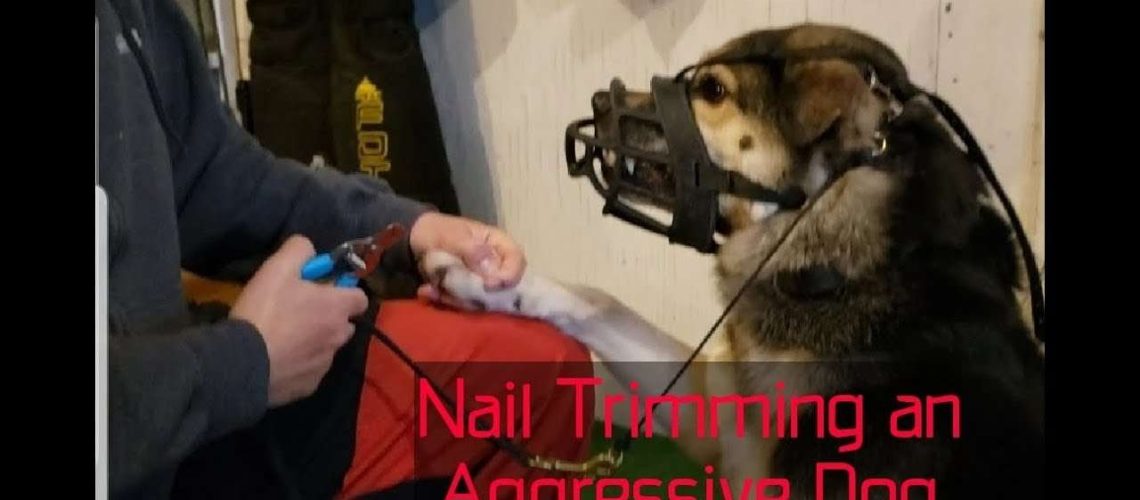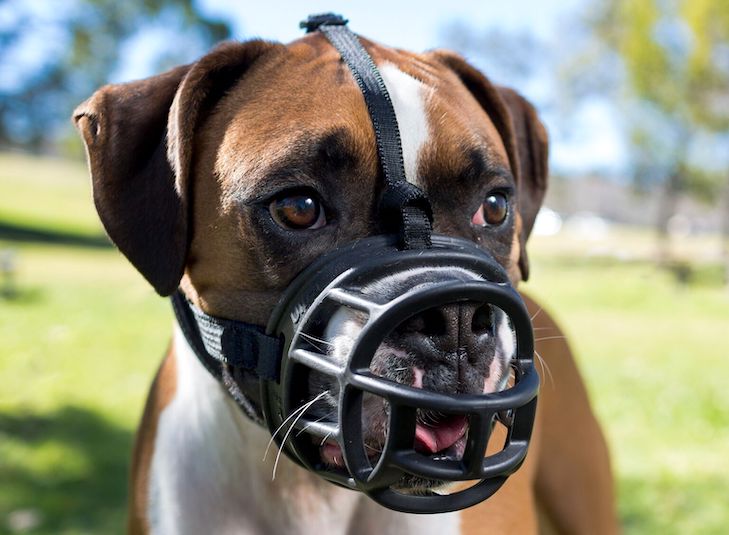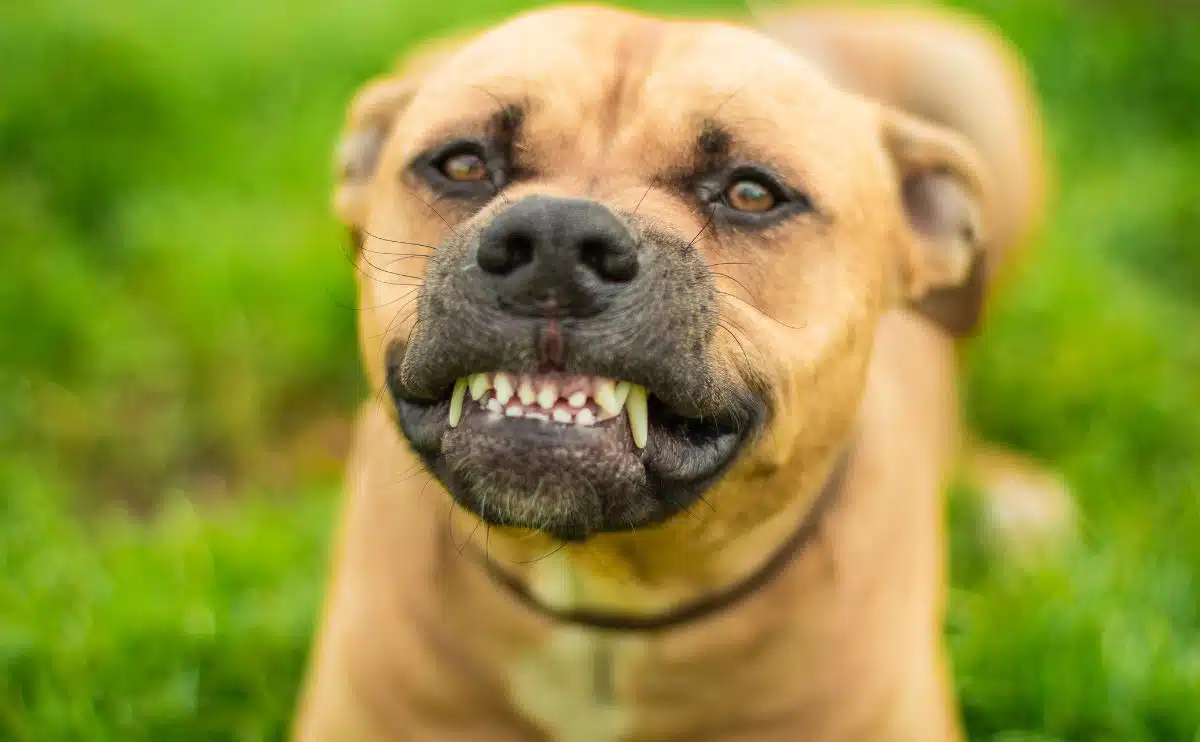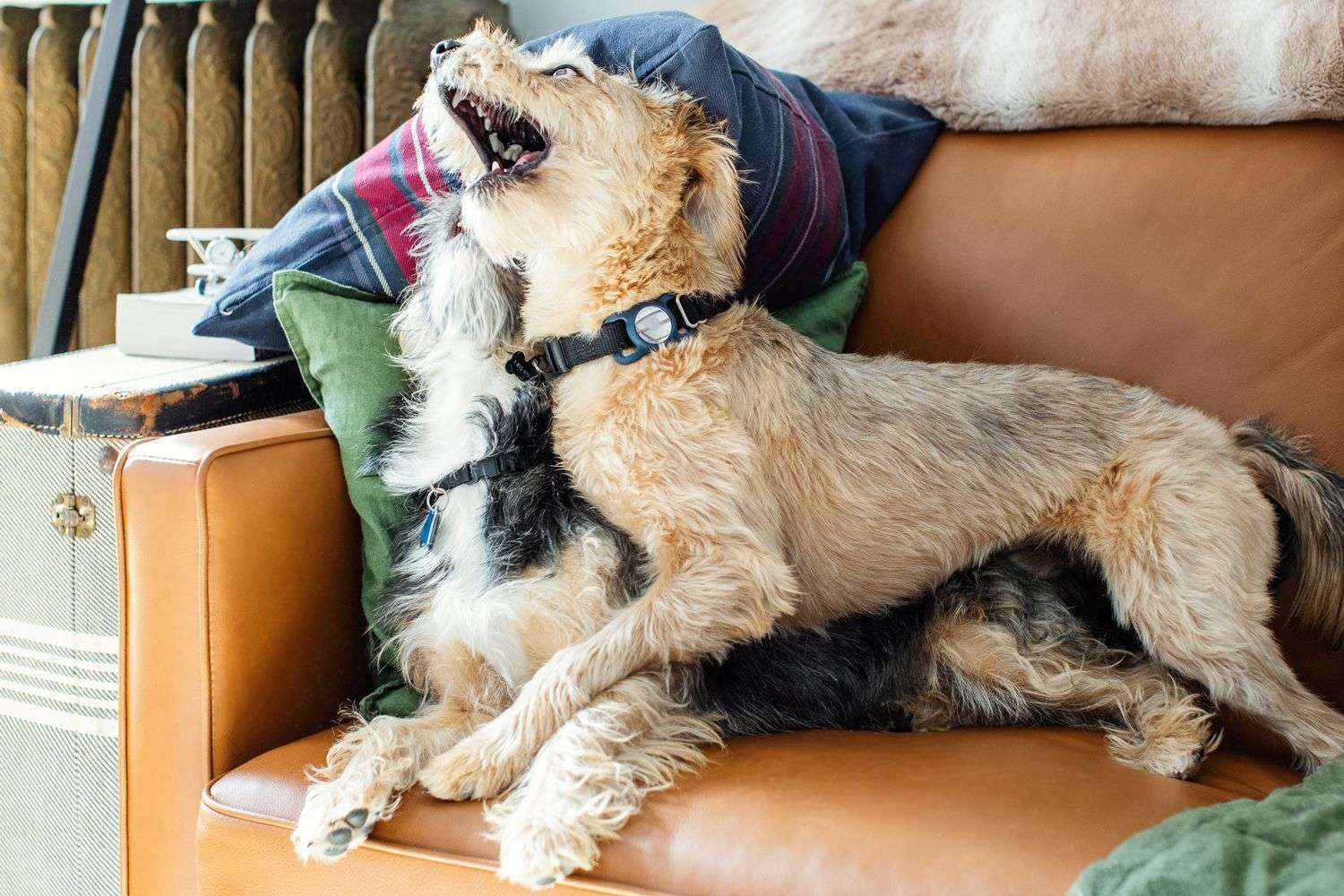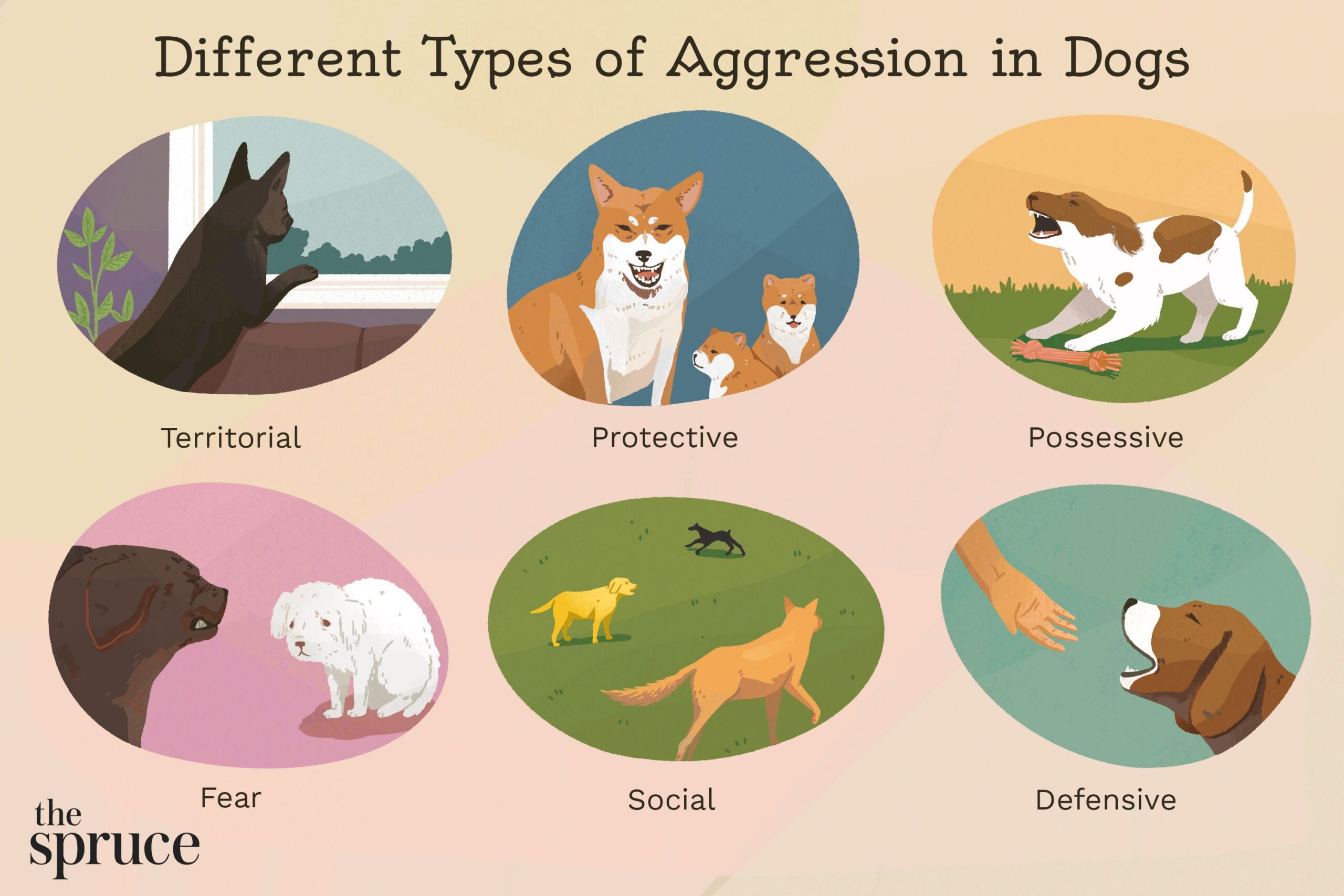Key Takeaways:
- Start by gradually desensitizing your dog to nail clippings, introducing them to the process slowly and positively.
- Use positive reinforcement techniques, such as treats and praise, to reward calm behavior during nail clippings.
- If your dog shows signs of aggression, such as growling or snapping, stop immediately and seek professional help from a veterinarian or animal behaviorist.
- Consider using alternative methods for nail maintenance, such as grinding or filing, if your dog is consistently aggressive during clippings.
- Always prioritize your safety and the safety of others when dealing with an aggressive dog. Use muzzles or seek professional assistance if necessary.
Are you tired of the constant struggle and stress that comes with trimming your dog's nails? Do you dread the aggression and resistance that your furry friend displays every time you attempt to clip their nails? Well, fret no more! In this article, we will explore the secrets to handling aggression in dogs during nail clippings. By understanding this essential topic, you will not only save yourself from countless scratches and bites but also ensure the well-being and happiness of your beloved pet. So, let's dive into the world of canine nail care and discover how to transform a dreaded task into a peaceful bonding experience with your furry companion. Get ready to unlock the key to stress-free nail clippings for both you and your dog!
Understanding Aggression During Nail Clippings in Dogs
Why do some dogs become aggressive during nail clippings?
When it comes to nail clippings, some dogs may display aggression due to fear or discomfort. Dogs have sensitive paws, and the sound and sensation of the clippers can be unsettling for them. Additionally, past negative experiences with nail trims can contribute to their anxiety. It's important to remember that aggression is their way of expressing their discomfort and trying to protect themselves.
What are the signs of aggression during nail trims?
It's crucial to be able to recognize the signs of aggression in dogs during nail trims to ensure everyone's safety. Some common signs include growling, baring teeth, snapping, lunging, or even biting. These behaviors indicate that your dog is feeling threatened or scared and should not be ignored.
Signs of Aggression to Look for During Dog Nail Trims
Growling
If your dog starts growling while getting their nails trimmed, it is a clear sign that they are uncomfortable or fearful. Growling is their way of warning you that they may resort to more aggressive behavior if they feel threatened further.
Baring Teeth
Baring teeth is another sign that your dog is feeling defensive during a nail trim. They may show their teeth as a way of communicating their discomfort and signaling that they want you to back off.
Lunging or Snapping
If your dog lunges forward or snaps at you while attempting a nail trim, it means they are feeling extremely threatened or scared. This behavior indicates a higher level of aggression and should be taken seriously.
Creating a Calm and Safe Environment for Dog Nail Clippings
Choose the Right Location
Find a quiet and comfortable area in your home where you can perform nail trims. Avoid areas with distractions or loud noises that might add to your dog's anxiety.
Use Positive Reinforcement
Incorporate positive reinforcement techniques during nail clippings to create a positive association for your dog. Offer treats, praise, and rewards throughout the process to help them feel more at ease.
Effective Techniques to Help Dogs Feel Comfortable with Nail Trims
Gradual Desensitization
Introduce your dog to the nail trimming process gradually. Start by simply touching their paws and giving treats as a reward. Gradually progress to holding their paws for longer periods and eventually introducing the clippers.
Distract with Toys or Treats
Provide your dog with a special toy or treat that they only get during nail trims. This distraction can help keep their focus away from the discomfort of the process.
Tools and Products to Handle Aggression during Dog Nail Clippings
Gentle Paws Nail Grinder
A gentle paws nail grinder is an alternative tool that files down your dog's nails instead of using clippers. It can be less intimidating for dogs who are fearful of traditional clippers.
Muzzle
If your dog's aggression during nail trims poses a safety risk, consider using a muzzle. Muzzles can prevent biting while allowing you to safely trim their nails.
Steps to Take If Your Dog Shows Aggression During Nail Trimming
Stop and Assess the Situation
If your dog displays aggression during a nail trim, stop immediately to prevent any potential harm. Take a step back and assess the situation to determine the best course of action.
Seek Professional Help
If you're unable to safely handle your dog's aggression during nail trims, it's essential to seek professional help from a veterinarian or a qualified dog trainer. They can provide guidance and techniques specific to your dog's needs.
Using Positive Reinforcement Training for Stress-Free Dog Nail Clippings
Reward Good Behavior
Throughout the nail trimming process, reward your dog for their cooperation and good behavior. Offer treats, praise, and affection as positive reinforcement to create a stress-free experience for them.
Take Breaks if Needed
If your dog becomes overwhelmed or anxious during the nail trim, take breaks as necessary. It's important not to rush the process and allow them time to relax before continuing.
In conclusion, handling aggression in dogs during nail clippings requires patience, positive reinforcement, and professional guidance. By using these techniques, we can help our furry friends overcome their fear and make the process a more pleasant experience for everyone involved.
What to do if your dog won't let you cut their nails?
When you pet your new puppy, gently massage her feet and apply pressure to her toes. Allow her to examine the nail clippers on the floor and demonstrate the sound they make by opening and closing them. Then, carefully trim just the very end of one of her nails while giving her positive reinforcement through praise and treats.
How do you sedate a dog at home for grooming?
Trazodone has the dual effect of calming dogs and reducing anxiety. It is particularly useful as a sedative for activities such as grooming, visits to the veterinarian, and during times of high stress like thunderstorms or fireworks. However, it should be used with caution or avoided in dogs with specific health conditions due to the potential side effect of low blood pressure.
Will Benadryl sedate a dog?
Although Benadryl may have a mild calming effect on certain dogs, veterinarians generally do not advise using it as the main method of sedation for travel. It would be better to consult with your veterinarian to explore safe and effective sedation options.
Why do dogs hate getting their nails clipped?
A dog's instinctual dislike for having their paws touched stems from a survival instinct. In the wild, a wounded paw could mean the end of their life. Therefore, dogs have a natural inclination to protect their paws, and even the most well-behaved and gentle dogs may respond negatively to having their nails trimmed.
How do groomers deal with aggressive dogs?
Several groomers utilize gentle petting and soothing words to help calm anxious dogs during grooming. Aggression may arise in dogs during grooming due to fear or confusion. A skilled groomer will prioritize creating a comfortable environment for an aggressive dog before commencing the grooming process.
How do groomers calm dogs down?
The groomers will create a relaxing atmosphere by using calming pheromones or diffusing essential oils. They may also use specific shampoos that contain soothing ingredients such as lavender. If a veterinarian prescribes sedatives for a dog's grooming session, the groomer can use them to help keep the dog calm.



